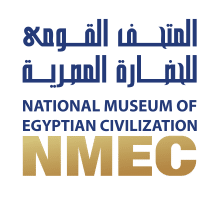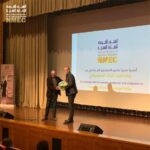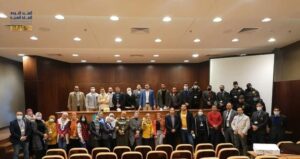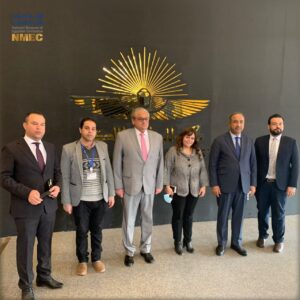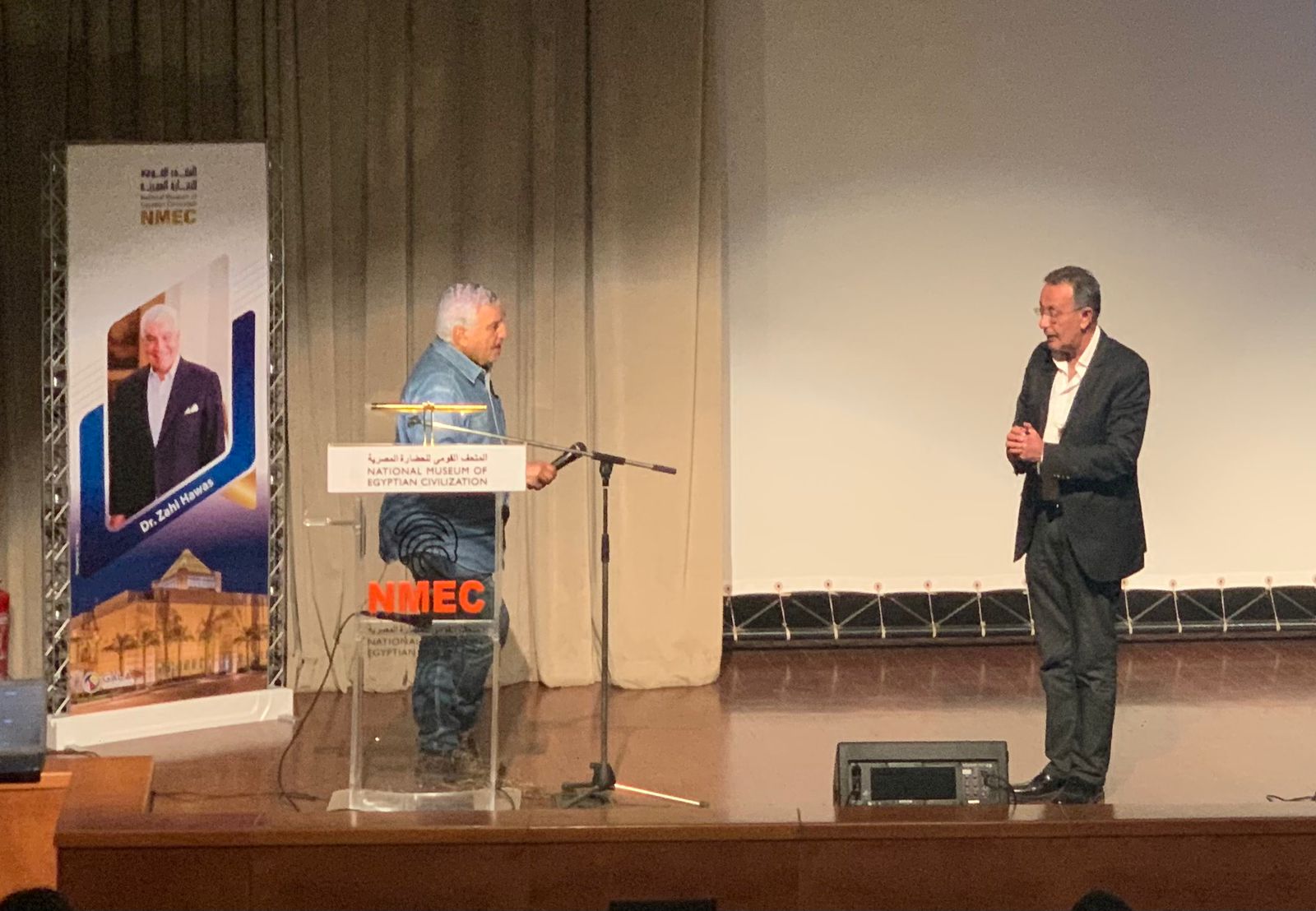
The National Museum of Egyptian Civilization in Fustat organized an intellectual and artistic evening, as part of the cultural program organized by the museum, taking into consideration all precautionary measurements and safety protocols.
This evening came within NMEC’s vision and its role as a scientific, cultural hub. The event offered a lecture by archaeologist and former Minister of Antiquities, Dr. Zahi Hawass, on the most recent archaeological discoveries in Egypt, an art exhibition entitled “Eternal Egypt” by Egyptian artist Dr. Farid Fadel, in addition to a musical performance by viola player Suzan Saber. On one hand, Dr. Zahi Hawass delivered a lecture on the most recent archaeological discoveries in the Saqqara region and the lost golden city of Luxor, which dates back to 3000 years B.C, and was founded by King Amenhotep III, one of the great rulers of Egypt from the Eighteenth Dynasty. Hawas described it the largest administrative and industrial settlement in the era of the Egyptian Empire on the western bank of Luxor. The cultural evening on the other hand witnessed the opening of an art exhibition by the distinguished artist, Dr. Farid Fadel, entitled “Eternal Egypt”, which included a number of paintings that reflect his fondness for the ancient Egyptian civilization in its various eras, including three paintings inspired by collectibles displayed at NMEC’s Core Exhibition Hall. It is worth-mentioning that the exhibition is scheduled to last till January 2022.
And on the viola, artist Suzanne Saber dazzled the audience with her solo performance of three artistic pieces, including one by the Belgian artist Henri Viata from the nineteenth century.
